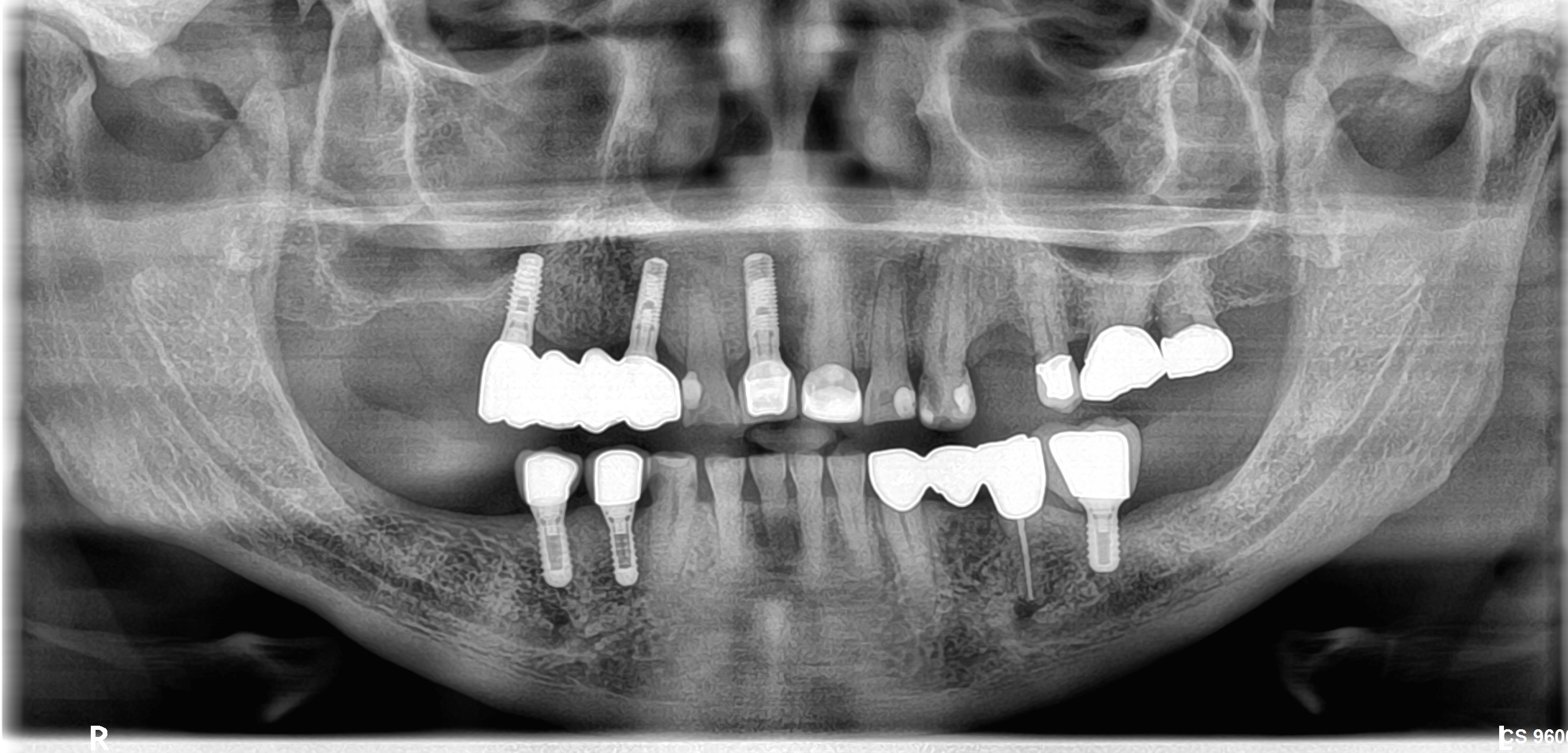Opening of contacts on Implant crowns: Anyone else seeing these?
I am wondering if other doctors are seeing contacts opening up on implant crowns after about 2 years of loading. I am not seeing a lot, but for some of my patients, the distal or mesial contacts, which were nice at the time of screw-retained crown inserts, subsequently became totally open contacts. I have 3 cases where this has happened. Case 1) Implant was placed in #29 site and pt had #30 and #28 in place and after about 2 years, I noticed contact between #29 and #28 has opened up. Case2) Implant in #13 and #14 site, with #15 in place. Contact opened between #14 and #15 and #15 seems to have drifted distally. Case 3) Implant crown in #3 site, #4 is crowned tooth, now after 2 years, wide open contact between #3 and #4.
I have noticed this about 1 year ago. I started looking for literature, but very sparse for now. No thoughts on remedy, other than remove the crown and add porcelain have been found. Additionally, I haven’t found any literature that can nail down the cause of this happening. I had heard about this issue and noted it on a couple of patients that came to me from other practitioners with similar issues, and I was at a loss to explain. I always ask for a wide, broad contact from my lab. Additionally, I will do slight enameloplasty on mesial or distal tooth/crown in order to get a good path of insertion and have a broad contact before scanning.
I know that some people say that our jaws are growing all the time, etc. However contact opening up on the distal of an implant is my first case.
Also, I have an implant in my own mouth in #31 location with both #30 and #32 present. I had not issue with the crown for about 4 years, then I noticed, while flossing, contact became really light between #31 and #32.
Any ideas/suggestions from more experienced doctors on this site?
















